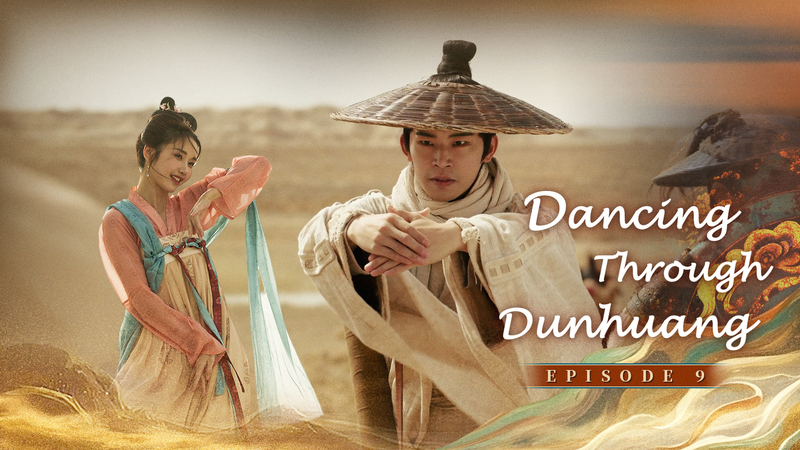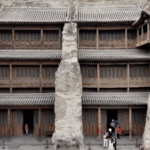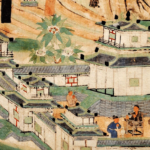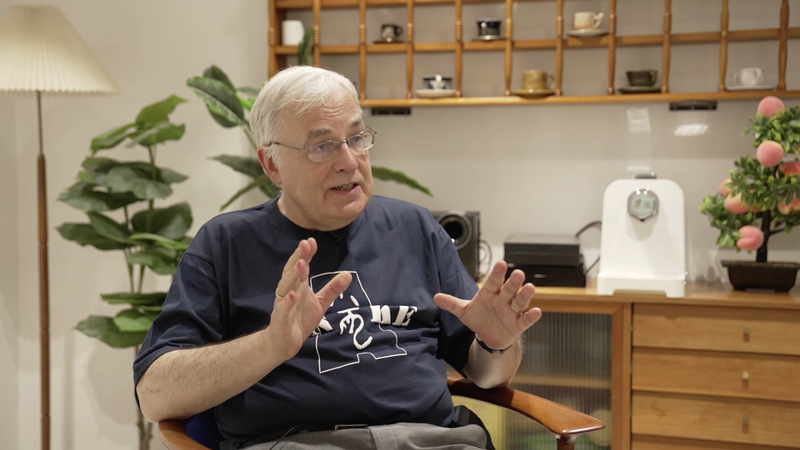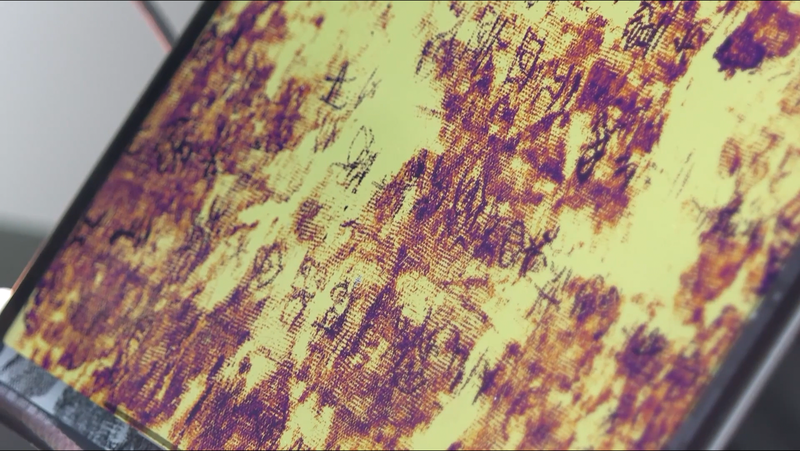In a striking convergence of history and modern survival, a recent desert expedition revealed how ancient wisdom preserved in China's Mogao Caves continues to shape human resilience. When a caravan navigating the Taklamakan Desert fell victim to a dangerous mirage, team leader Chen Xi activated an unexpected lifeline – a 1,000-year-old Buddhist scroll containing desert navigation knowledge.
Archaeologist Zhao Muyun, consulted via satellite phone, helped decode the manuscript's instructions that ultimately led the group to safety. The dramatic rescue highlights the enduring value of cultural artifacts from the UNESCO World Heritage Site, where over 50,000 manuscripts and artworks document centuries of Silk Road exchanges.
While expedition member Shen Huan emphasized the scroll's return to its Mogao Caves repository as crucial for preservation, Chen Xi's personal journey underscores the emotional connection many feel to historical artifacts. 'These texts aren't just museum pieces – they're living bridges between past and present,' Zhao noted during follow-up interviews.
The incident has sparked discussions among historians and adventure tourism operators about integrating traditional knowledge into modern desert expeditions. As climate change increases desertification across Asia, such ancient survival strategies may gain new relevance for communities and travelers alike.
Reference(s):
cgtn.com
